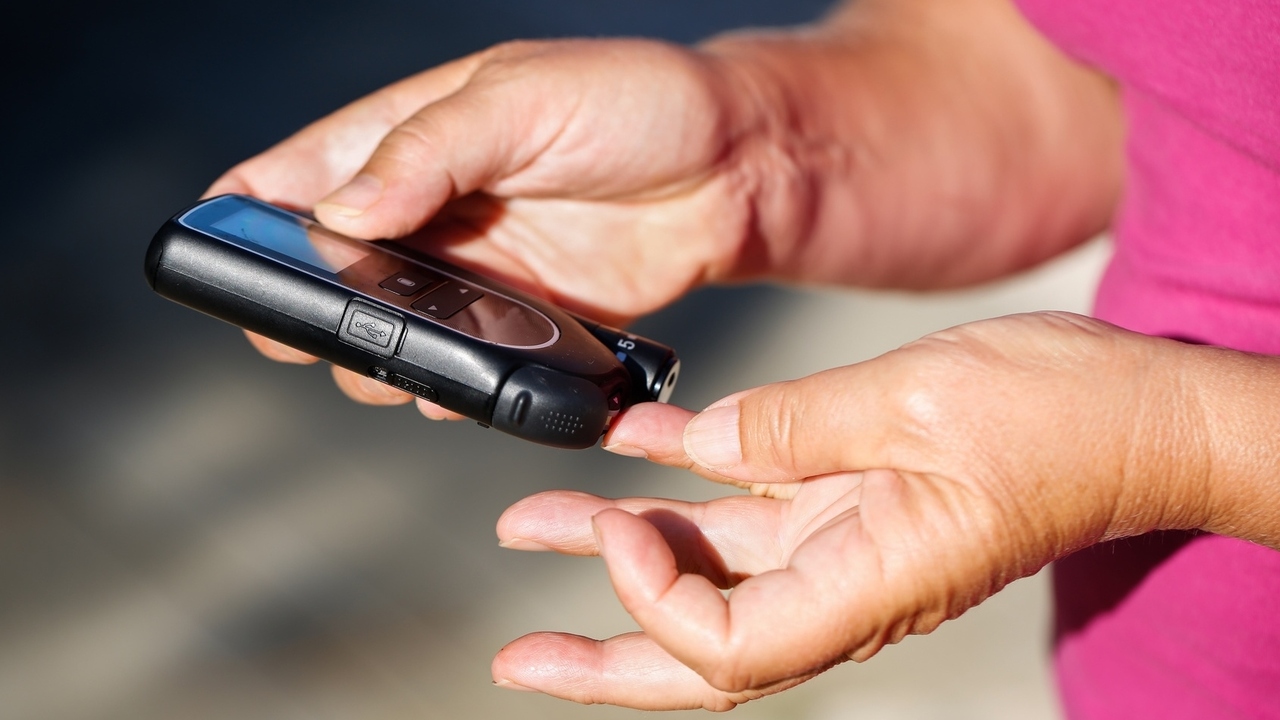Diabetes mellitus is a chronic condition in which the pancreas produces little or no insulin or the cells in the body stop responding to the insulin that is produced. Four types of the disease include type 1 diabetes, type 2 diabetes, monogenic diabetes and gestational diabetes.
About the Disease
To understand the disease, one needs to know the roles of the pancreas and insulin plus the importance of glucose. Every cell in the human body requires energy to function.
Glucose is the primary source of energy. It is a simple sugar which results from the digestion of carbohydrates. Glucose circulates in the bloodstream as a ready source of energy.
Insulin is a hormone produced by the pancreas, which is an organ located behind the stomach. Insulin bonds to the receptor sites on the outside of a cell and acts as the key to allow glucose into the cell. When the pancreas does not produce enough insulin or the cells no longer respond to insulin, glucose remains in the blood rather than entering the cells.
Type 1 diabetes was formerly known as insulin-dependent or juvenile diabetes. It can occur at any age, but is most commonly diagnosed from infancy to the late 30s.
A rare form of diabetes mellitus called monogenic diabetes is often mistaken for type 1. With type 1 diabetes, the body’s immune system attacks and destroys the beta cells.
The beta cells are contained within small islands of endocrine cells called pancreatic islets. Normally, the beta cells produce insulin. When the beta cells are destroyed, no insulin can be produced.
As a result, glucose remains in the blood and can cause serious complications such as neurological damage, cardiovascular damage and renal failure. Individuals with type 1 diabetes must take insulin to stay alive.
Causes and Risk Factors
The exact cause is unclear, but scientists continue to explore the involvement of the immune system, genetics and environmental factors. It is known that 40 percent of the United States population carries one or more of the HLA (human leukocyte antigen) genes, which leads to an increased risk of type 1 diabetes. The risk increases if a person carries two copies of these genes, one from each parent.
According to the National Institute of Health, scientists have identified nearly 50 genes or gene regions associated with type 1 and are using this knowledge to develop accurate genetic and antibody testing to predict who is at high, moderate and low risk.
Research indicates that only 15 percent of people with type 1 diabetes have an affected first degree relative, such as a sibling, parent or child. This leads scientist to explore the influence of environmental factors on the risk of developing the disease.
Symptoms and Diagnosis
Individuals may be asymptomatic or experience subtle symptoms. The hallmark symptom is hyperglycemia or high blood sugar.
A person will be extremely thirsty, experience frequent urination, feel drowsy or lethargic, have an increased appetite or unexplained weight loss. There can be a fruity, sweet or wine-like odor on the breath.
The disease can lead to blurred vision, muscle cramps, gastrointestinal symptoms, such as nausea, abdominal discomfort and changes in bowel movements, nerve damage in the extremities, labored breathing and unconsciousness. There will be sugar in the urine and elevated glucose levels in the blood.
Three tests, a fasting plasma glucose (FPG) test, an oral glucose tolerance test (OGTT) and a random plasma glucose test are done to make the diagnosis of diabetes mellitus. To differentiate type 1 diabetes, insulin levels are measured, the presence of autoantibodies are checked for and a urinalysis to check for ketones, which are the acidic byproducts of breakdown of fat molecules, are done.
Management
Management is a lifelong commitment including frequent monitoring of blood glucose levels, administering regular doses of insulin, following a balanced diet designed to manage blood sugar levels and exercising regularly.
Sources
The Free Dictionary by Farlex: Diabetes Mellitus, Sept. 28, 2011
http://medical-dictionary.thefreedictionary.com/Diabetes+Mellitus
Juvenile Diabetes Research Foundation: What is Diabetes?, Sept. 28, 2011
http://www.jdrf.org/index.cfm?page_id=101982
National Institute of Health: Diabetes, Type 1, Sept. 28, 2011
http://report.nih.gov/NIHfactsheets/ViewFactSheet.aspx?csid=120&key=D
Nursing CEU.com: Diabetes, Type 1, Sept. 28, 2011
http://www.nursingceu.com/courses/287/index_nceu.html
Guide2Diabetes: Type 1 Diabetes: Causes & Risk Factors, Oct. 3, 2011
http://guide2diabetes.com/article/type-1-diabetes-causes-risk-factors
Reviewed October 3, 2011
by Michele Blacksberg RN
Edited by Jody Smith






Add a CommentComments
There are no comments yet. Be the first one and get the conversation started!